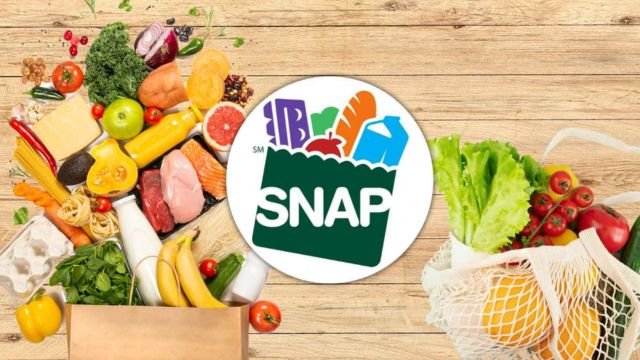It’s official: as of April 24, more than 300,000 immigrants could be cut off from SNAP food benefits unless they comply with a new rule issued by the U.S. Department of Agriculture (USDA).
The Biden-era guidelines had extended access to humanitarian parolees, but under a Trump administration directive, only those who have updated their immigration status or fall into protected categories will remain eligible. Everyone else? Their access to food aid may be on the chopping block.
What will happen with SNAP on April?
The USDA, led by Secretary Brooke Rollins, recently confirmed it will tighten enforcement of long-standing SNAP rules, specifically targeting those without lawful status.
While undocumented immigrants have always been excluded from food stamps, this new move impacts individuals in temporary or pending statuses, including those with humanitarian parole granted over the last few years. Immigration advocates fear that confusion and fear around these requirements could discourage even eligible families from applying, putting more households at risk of hunger.
The SNAP program, which many rely on to help stretch their grocery budget, is about to shift gears. Starting April 24, a large group of recipients will no longer qualify for this assistance. While this change didn’t come out of nowhere, it’s definitely causing a stir.
The update affects over 300,000 individuals—primarily immigrants who entered the U.S. under humanitarian parole. Their entry was legal, but it came with a built-in time limit. And now, that time is running out.
SNAP Cuts Incoming: This Group Loses Benefits Starting April 24
For thousands of people, the SNAP program—designed to support those most in need—will soon slam the brakes. As of April 24, they’ll be removed from the system unless they secure a new immigration status like asylum or Temporary Protected Status (TPS). Without that, the help stops—just like flipping a switch.
The reasoning? It’s straightforward, but not without controversy. The current administration has taken a firmer stance on immigration, and it’s not stopping at the border. The goal now includes cutting off access to public support programs for those without legal documentation.
This isn’t just a one-off policy tweak. It’s part of a broader strategy to scale back access to social services. For many, it feels like the government is turning the “open” sign around and locking the door behind it. For others, it’s a stop to a less-than-efficient program that keeps vulnerable communities from thriving, least they lose SNAP benefits.
State-by-State SNAP Reviews Could Create Uneven Outcomes
While SNAP is a federal program, it’s the states that manage it on the ground. That means every case now up for review will pass through state agencies—each with its own timelines, staffing, and approach. This process isn’t just slow and complicated; it also opens the door to uneven treatment, since not every state handles things the same way or has the same resources to spare.
For many of the people affected, SNAP was their safety net—the one thing helping them keep food on the table. A decent meal, even just once a day, came from this benefit. Without it, their situation quickly becomes fragile. Some are working unstable jobs. Others have no income at all. And all of this is unfolding at a time when the cost of living keeps climbing.
Losing this support could mean facing an empty plate. If there’s no fix, many families will be forced to rely on local help—food pantries, charities, neighborhood outreach. But those resources aren’t endless. When demand surges, even the strongest support networks start to crack.
This policy shift doesn’t just impact the families relying on SNAP—it’s also putting serious pressure on local agencies. Going through thousands of individual cases is not doable without bureaucratic overload. In states where large communities of migrants live, officials are bracing for delays, confusion, and potentially even protests.







